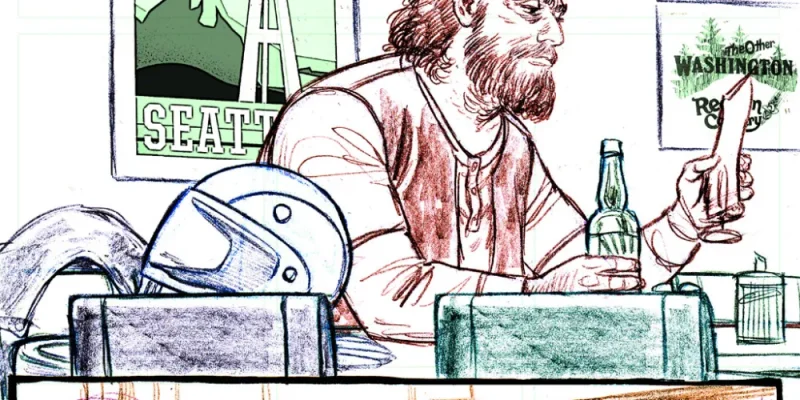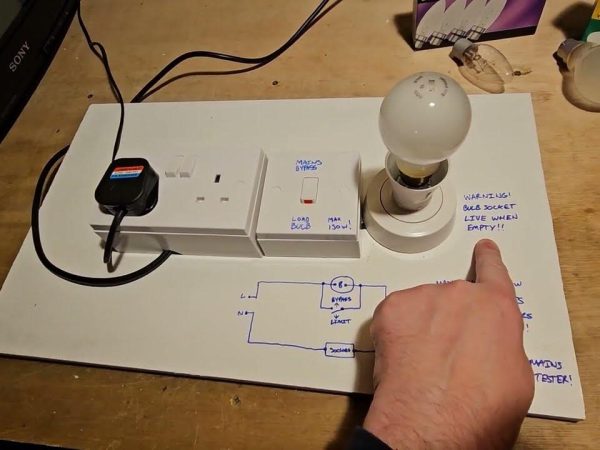Penciling: Understanding Its Meaning and Applications

The term penciling has diverse meanings, depending on the context in which it’s used. It can refer to tentative planning in business, sketching in art, or even specific practices in contracts and legal agreements. While its roots lie in the literal act of using a pencil, it has evolved into a metaphor for provisional actions or unfinished tasks.
In this article, we’ll explore the different meanings of penciling, its significance in various fields, and how to use it effectively in both professional and creative settings.
What Is Penciling?
At its core, penciling refers to the act of marking or drafting something with a pencil, emphasizing its temporary or reversible nature.
Key Characteristics of Penciling
- Indicates flexibility or non-commitment.
- Often used for planning or sketching purposes.
- Can apply to both literal and metaphorical situations.
Applications of Penciling in Different Fields
Penciling in Business
In the business world, penciling refers to tentative planning or agreements.
Examples:
- Scheduling Meetings: A meeting might be “penciled in” on a calendar, meaning it’s not yet confirmed.
- Proposals and Deals: Businesses may pencil in terms for a potential deal before finalizing the contract.
Why It’s Important:
- Allows flexibility for adjustments.
- Encourages open dialogue without immediate commitment.
Penciling in Art
In art, penciling refers to the process of creating preliminary sketches or drawings before adding final details.
Examples:
- Comic book artists often use pencils to outline scenes before inking or coloring.
- Architects and designers sketch initial concepts using pencils for easy modification.
Why It’s Important:
- Serves as the foundation for refined work.
- Encourages experimentation and creativity.
Penciling in Legal and Real Estate Contexts
In legal and real estate terms, penciling can involve preliminary agreements or assessments.
Examples:
- Drafting Contracts: Lawyers may “pencil in” clauses during negotiations for later review.
- Real Estate Projections: Developers use penciling to assess preliminary budgets or feasibility studies.
Why It’s Important:
- Offers a low-pressure way to explore options.
- Enables parties to collaborate on final terms.
Benefits of Penciling
Flexibility
Penciling allows room for changes, making it ideal for brainstorming, planning, or drafting.
Reduced Pressure
Since penciled plans or sketches are temporary, they foster creativity and collaboration without fear of making mistakes.
Encourages Iteration
By starting with a rough outline, you can refine and improve your work over time.
How to Use Penciling Effectively
n Business
- Communicate Clearly: Ensure all parties understand that penciled plans are tentative.
- Set Deadlines: Specify when provisional plans need to be finalized.
In Creative Projects
- Experiment Freely: Use penciling to explore different ideas before committing.
- Refine Gradually: Build upon your pencil drafts to create polished work.
In Personal Planning
- Tentative Schedules: Pencil in appointments or events when details aren’t finalized.
- Flexibility with Commitments: Use penciling to maintain adaptability in your plans.
Penciling vs. Inking
| Aspect | Penciling | Inking |
| Definition | Preliminary, revisable drafts. | Finalized, permanent versions. |
| Flexibility | Highly flexible, easy to modify. | Less flexible, harder to alter. |
| Purpose | Exploring ideas or tentative plans. | Completing or solidifying work. |
Common Mistakes When Penciling
Treating It as Final
- Provisional plans should remain open to revision. Finalizing too soon defeats the purpose of penciling.
Lack of Clarity
- Failing to communicate the tentative nature of penciling can lead to misunderstandings.
Over-Reliance on Penciling
- Constantly postponing decisions or actions by leaving them in a “penciled-in” state can hinder progress.
Conclusion
Penciling is a versatile concept that finds applications in various domains, from business planning to artistic endeavors. Its flexibility allows individuals and organizations to explore ideas, draft preliminary agreements, and refine their work without the pressure of immediate commitment.
Whether you’re a professional seeking clarity in business deals or an artist sketching your next masterpiece, penciling offers a powerful way to plan, experiment, and innovate.
Ready to start penciling your next big idea? Embrace the process, and watch your plans come to life!
FAQs
1. What does penciling mean in business?
In business, penciling refers to creating tentative plans or agreements that can be adjusted before finalization.
2. Is penciling only for creative work?
No, penciling is used in various fields, including business, law, real estate, and personal planning.
3. Can penciling be done digitally?
Yes, many digital tools mimic penciling for sketches, drafts, or temporary notes. Examples include apps like Adobe Illustrator or Procreate.
4. How does penciling differ from drafting?
Penciling often emphasizes the revisable nature of a task, while drafting can imply a more structured or formal preliminary version.
5. When should I finalize penciled plans?
Finalize when all parties agree on the terms and no further adjustments are needed.
Also read: Top 10 Must-Try Restaurants in the Novena Food Directory











